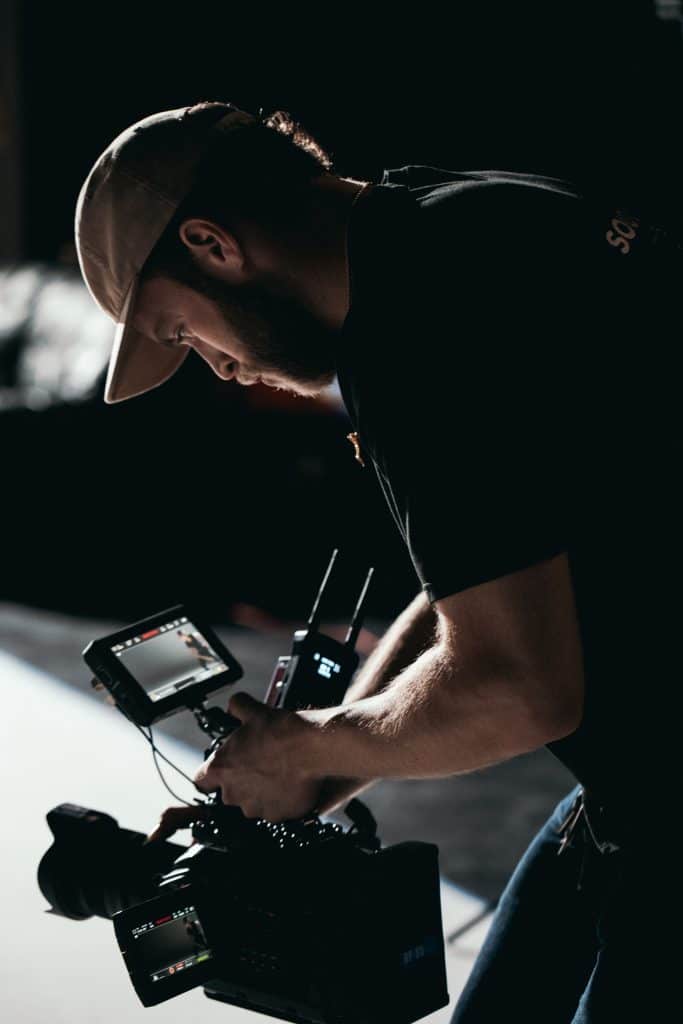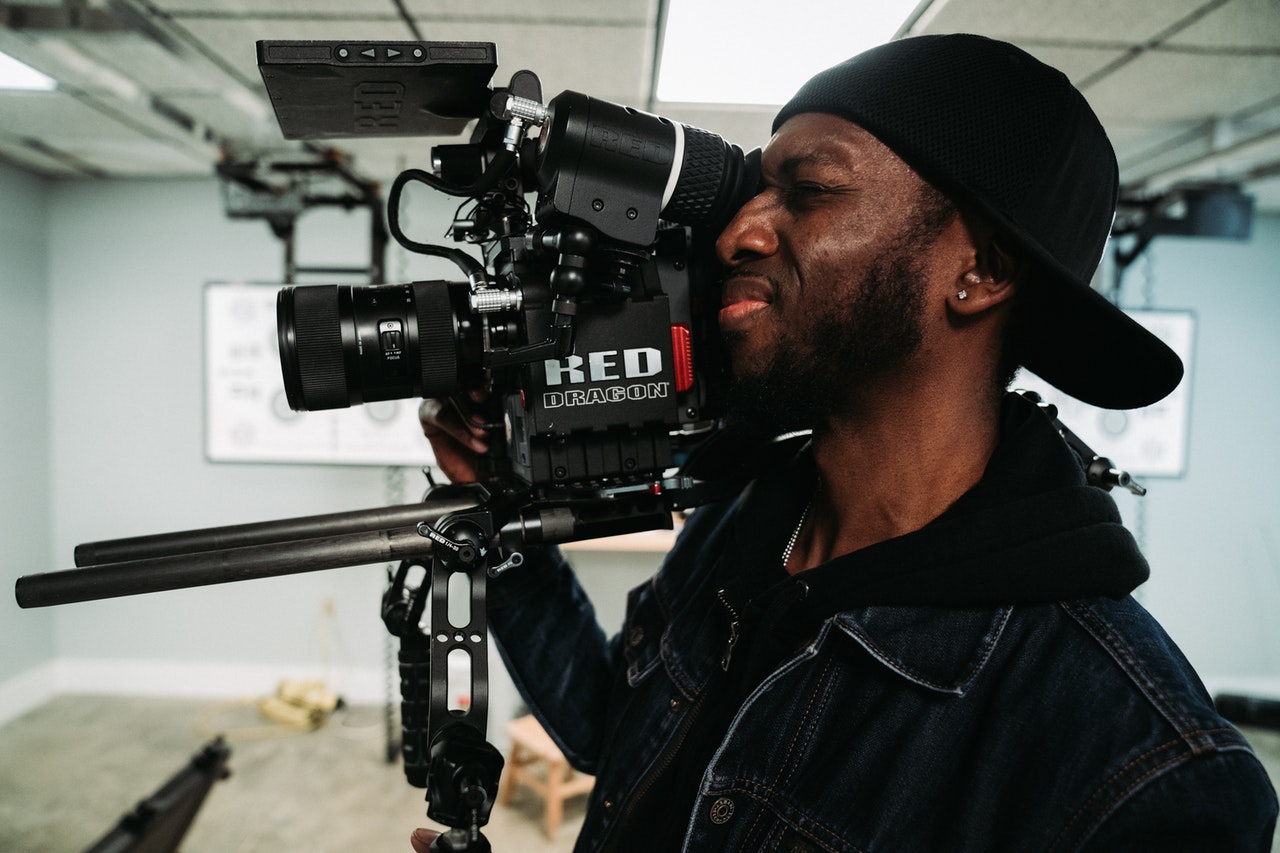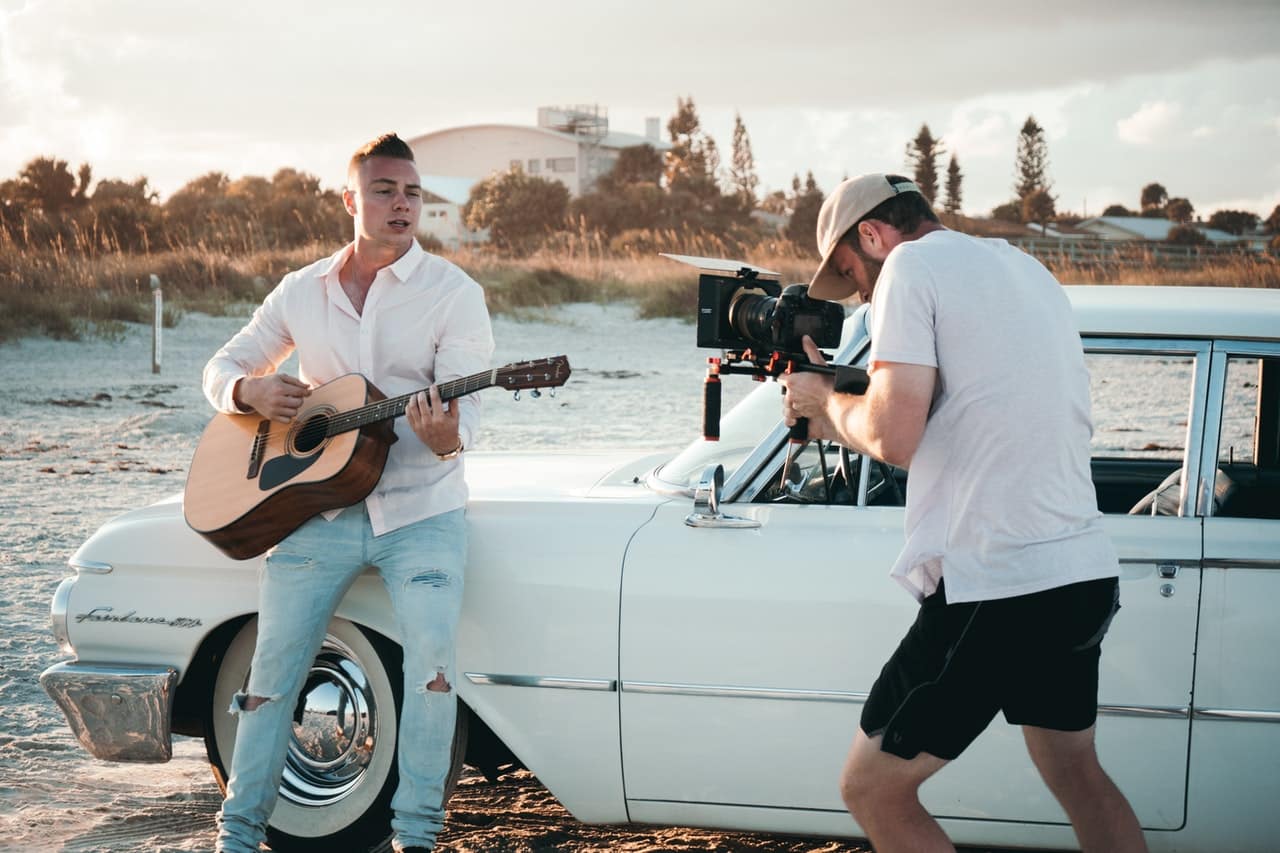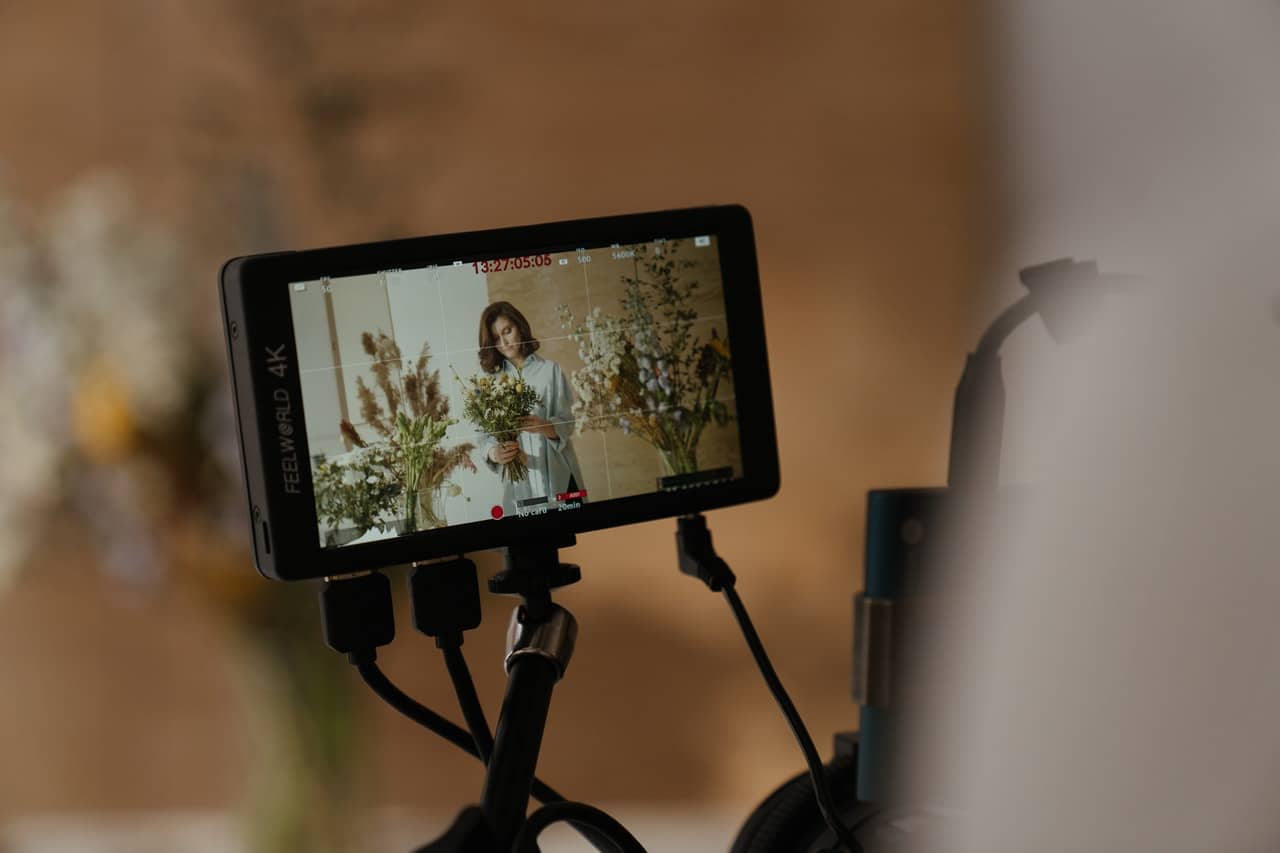Advertising provides lots of opportunities for working videographers since commercials and ads are created far more frequently than, say, feature films. The types of video ads created by brands can vary widely depending not only on the product or service that is being advertised but also on the intended place where the ad will be shown.
For example, TV viewers don’t have an option to skip through an ad, so those videos can tend to be a little bit longer and have some sort of micro-narrative that plays out in the commercial.
Youtube ads can sometimes play for their full duration, but videographers need to be aware that they are often skipped past after three seconds. This means the first three seconds are extremely important for capturing the viewer’s attention, making this ad format a little different from TV ads.
Finally, video ads destined for social media are all about being punchy, attention-grabbing, and typically much more simple than other ad videos.
Videographers working in the TV and Film industry can work on a single project for a long time, sometimes over a year. This is unique in the world of video, where work is often taken in the form of shorter gigs. With the advent of streaming services, there are more TV shows being created than ever before. It used to be the case that to work in TV or film, you had to move to a city with a significant film industry—usually Los Angeles—and compete for one of the handful of new shows being launched on each network, or new movies being created by the large studios.
Today, there are many streaming services creating dozens of new shows all year round. The production of these shows is less concentrated in one or two major cities than it used to be, creating opportunities for videographers living in different areas. In the streaming era, there are more opportunities for videographers than ever before.
Businesses hire videographers to create a wide variety of video content. They may want to create behind-the-scenes videos to show their potential customers or business partners what they do, showcase their facilities, or introduce their leadership or key employees. They may also want internal video professionally created, such as training videos.
Documentary makers tell true stories but often with a creative or artistic approach. They take the true raw material of a story and use their skills to tie facts together in a way that weaves a compelling, interesting, and cohesive narrative.
Documentary video can serve as interesting documentation of an interesting subject, but it can also serve to garner support for important causes. For example, nature documentary filmmaking, by showcasing the beauty of the planet, fosters support for taking initiatives to protect it.
Aerial video used to be quite difficult to produce, since it generally required the use of helicopters. With the advent of affordable drone technology, high quality drone video can now be created much more easily. Drone video is popular for capturing events such as weddings, nature, sports, and any other video where getting the birds-eye-view is interesting or important.
The world of education has been transformed by e-learning, which is mostly made possible through video. High quality educational content can now be created and easily shared with large numbers of people. As e-learning becomes more widely accessible, the sophistication of educational videos is also evolving. These videos are best when they’re relatively concise and easy to see and understand.
From corporate events to weddings to concerts, videographers are often enlisted to capture events. Depending on the scope of the event, the video content may be cut into something like a documentary of the event or left as individual clips.
The glory days of MTV may be over, but music videos are still used by artists big and small to promote their songs. The music video format is often creative, conceptual, and fun, making it a favorite for videographers.
We’re shopping online more than ever, so brands that give as much information about their products as possible are more likely to capture the attention and trust of their customers.
Real estate video has made it possible to give an authentic sense of what a property for sale looks and feels like. While photos can give a distorted sense of the size of a home, video offers a more realistic perspective that potential buyers value.
Travel videos can include documentaries about a place, travel guides with recommended destinations to visit, or even little vignettes that provide a sense of the vibe of a given destination.
Time lapse video can be used to capture all kinds of subject matter, but the use of time lapse can create very interesting and powerful shots. This type of videography is often used in nature documentaries, because it allows for the depiction of natural phenomena that would otherwise be impossible to see, such as the movement of plants to follow the direction of the sun.
This isn’t really a category on its own, since any of the types of video we’ve discussed can be mobile-first. However, it’s worth mentioning, because so much of our media consumption takes place on mobile devices rather than desktops. This means that videos are consumed vertically rather than horizontally. For a videographer, this completely changes the composition of a video, and it’s important to consider when creating videos that are destined for mobile.



